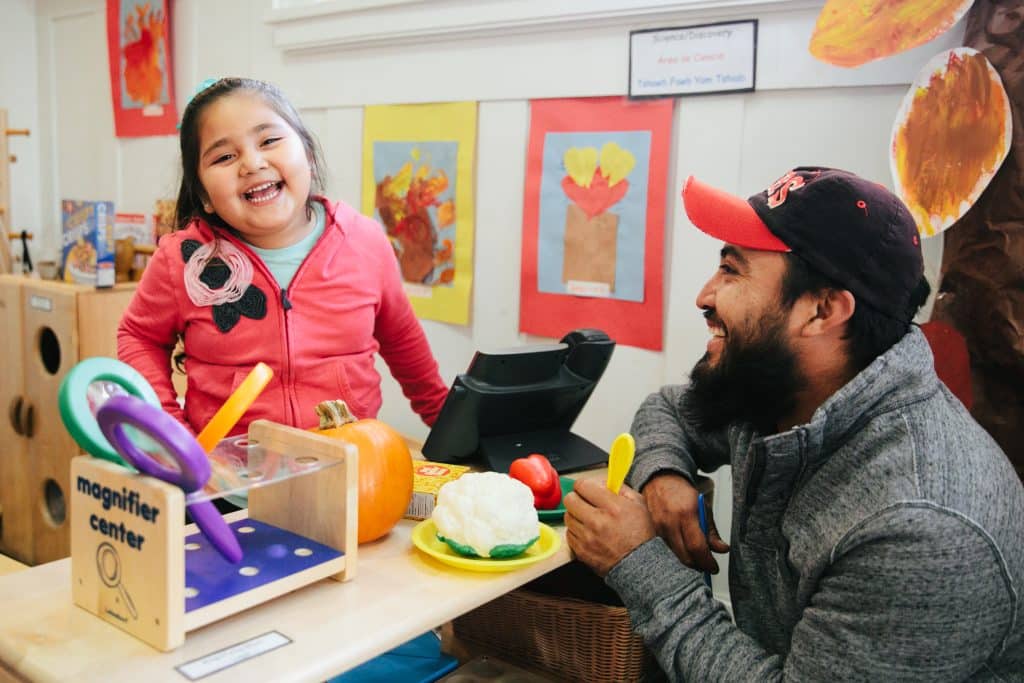As we work in service of our new vision and mission, we are prioritizing our commitment to deepening our understanding of who we fund. We continue to learn from our grantee partners about how to be better partners and together advance progress on our shared goals. And we can’t do that without having data. As a data-driven organization, this has been a gap for us.
We therefore partnered with Candid, a nonprofit created by the merger of GuideStar and the Foundation Center, and encouraged all current U.S.-based 501(c)(3) grantees to update their profile information – including information on race and ethnicity, gender identity, sexual orientation, and disability status for Board members, CEOs/ Executive Directors (“leaders”), senior staff, and staff. Our decision to collect data in partnership with Candid was driven by a desire to minimize the grantee burden of having to complete multiple surveys for different funders and ensure that all funders have access to this data.
Collaborating closely with Candid to collect, analyze, and share grantee demographic findings has helped us to establish a baseline of understanding – a critical first step of many.
We recently completed our first collection and analysis of demographic data for U.S-based, 501(c)(3) grantee partners, to deepen the Foundation’s understanding of who we fund, and to use the information as an input into how we advance diversity, equity, inclusion, and justice in our grantmaking.
We deeply appreciate the efforts of those who were able to submit their organization’s demographic data to Candid. We know that it takes time, trust, and thoughtfulness in every organization to collect this information.
About 49% of current U.S.-based Packard grantees have submitted DEI data via Candid as of July 31, 2022. For context, approximately 73% of the Foundation’s grants are made to domestic-based organizations, while 27% are international. We encourage all of our U.S.-based grantee partners to submit their data to Candid, so we can continue to learn from and act on this important information.
Here are some of the key findings:
Overall Responses
While we encouraged demographic reporting for staff, senior staff, leaders and boards, most organizations reported their leaders’ demographics and less often for other positions through their organization.
No Data Found
Responses by Race
Across all levels (leaders, board, senior staff, and staff), the most common race/ethnicity was white. This is largely consistent with the demographic profile of grantees funded by the sector at large. A total of 98 percent of respondents shared this data.
Among the data on organizational leaders, 61 percent identified as white, followed by Black/African American/African (13 percent), Hispanic/Latino/Latina/Latinx (11 percent), and Asian American/Pacific Islander (AAPI, 9 percent), respectively, as shown in the graph below.
No Data Found
Responses by Gender
In terms of identifying as male, female, or non-binary, more respondents identified as female across all staff levels, (57% of leaders). A total of 99 percent of respondents across all levels shared this data.
No Data Found
No Data Found
Responses by Sexual Orientation
In terms of sexual orientation (heterosexual or straight; gay, lesbian, bisexual, or other sexual orientations) most leaders identified as heterosexual (76%). A total of 71 percent of respondents shared this data.
No Data Found
Responses by Disability Status
Among those who reported disability status, the majority of leaders reported as not having a disability (80%). A total of 67 percent of respondents shared this data.
No Data Found
Next Steps
We continue to encourage and support our U.S.-based 501(c)(3) grantees in submitting their demographic data and are committed to exploring and learning more about how this information can help inform important conversations about our grantmaking practices while also contributing to a well-known, well-established central repository that all funders could leverage to grow our collective learning.










